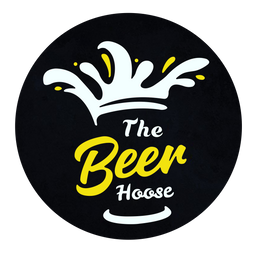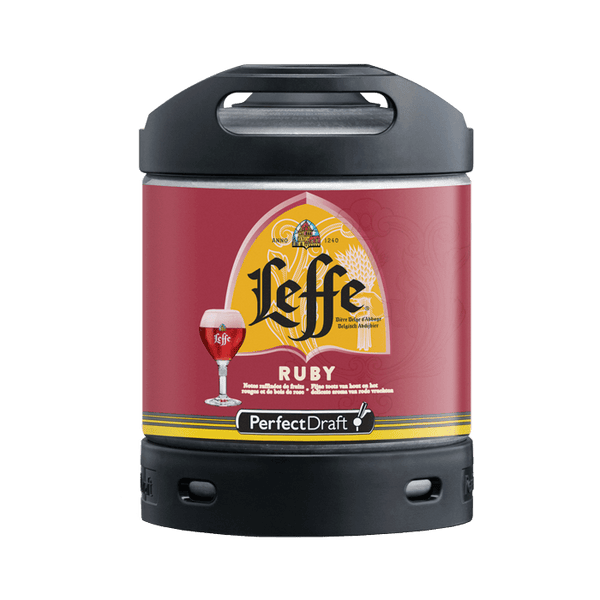PerfectDraft Leffe Ruby 6L Keg - 10% off at the check out - BBE 10/25
Tax included
Shipping calculated at checkout
Leffe. It’s one of the world’s most recognisable Belgian beers. Understandably so, it’s had more than 800, albeit tumultuous, years to build a brand and nail that quality. There are few beers that have quite such a development time.
Abbaye de Leffe in Dinant was founded in the 12th century and, like most abbeys and churches, they built a brewery to serve drinks to parishioners and pilgrims. Most people, including children, drank beer of some sort as it was much safer to drink than water.
Over the intervening few centuries, Leffe marked itself out as a brewery of quality. The abbey was seriously damaged in the years around the French Revolution but managed to keep brewing until 1809. During the First World War, many of the brewing kettles were melted down for ammunition.
It wasn’t until 1929, when the abbey was re-established, and in 1952, Father Abbot Nys, along with brewer Albert Lootvoet, decided to start the brewery taking inspiration from its original recipes. Leffe Brune was available again. It’s no longer brewed at the abbey (they produce way too much for that), but Leffe remains officially an ‘abbey’ beer. Today, there’s a museum opposite the abbey in Dinat – Maison Leffe – where you can taste the beer.
Today, there are nine varieties of Leffe, plus occasional limited run beers. The Brune is one of the best examples of its kind, a deep brown beer full of sweet fruit flavours but enough tartness to make it drinkable. Even stronger is Leffe Radieuse full of fruit aromas – orange rind and coriander seeds are particularly apparent; it’s a long, warming drink. The Blond is, of course, a classic pale abbey beer, with a beautiful gold colour and a rich head. Best served in a Leffe chalice of course.


